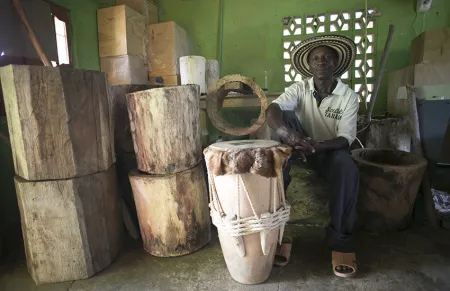
On the last day of August this year, I found myself sauntering through San Basilio de Palenque, the first free town of African slaves in the Americas, which dates back to the 17th century. I immediately thought of Murillo and Colombina. It made me wonder if this place might bear some resemblance to his La Palia, and if I could find inspiration for my sequel — some idea I could take back home to Brooklyn with me to share — right here.
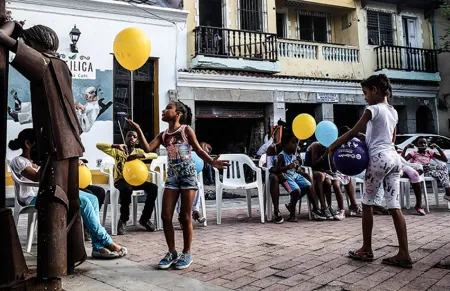
Cartagena’s old town looks oddly majestic. It sways, in slow motion, like a lopsided medieval paradise. At night, people sweat, sing and salsa to Champeta. MCs from the outskirts spin a thumping blend of mild reggae, zuk and, dancehall to young hipsters crammed into the gutted buildings of Getsemaní. All around this rickety walled city, only the shoreline feels certain. It’s flat, blue and steady. I drove past it in a ‘cab’ last Sunday, on my way to the hotel. His bright blue ‘Aloha ‘shirt said it all. It had sunshine and palm trees scrawled across it. Hernando, my taxi driver, had a fairytale warmth about him. He was also a tour guide. He made sightseeing seem so easy.
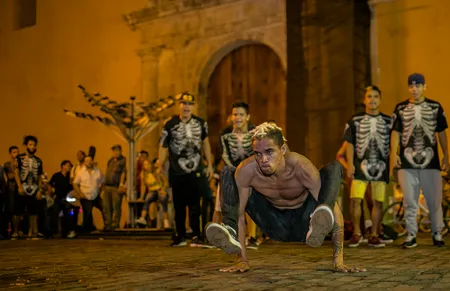
Under the guidance of leading academic and historian Alberto Abello, the group want to create their own celebration for the city, forming a new carnival tourist attraction “between the sea and the wall” which they hope would generate a more inclusive and open society in homage to Padillia’s fight. They are pushing local government, all the heritage and culture bodies, as well as big business, to get aboard.
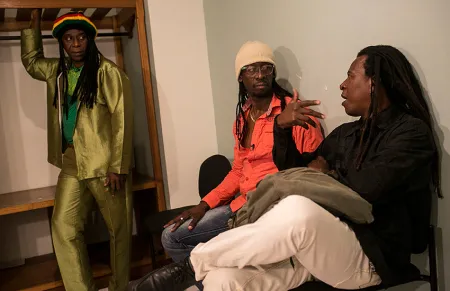
Palenquero is a mix between African Bantu languages and European languages, John explains. It borrows from Spanish, English, French and Portuguese.
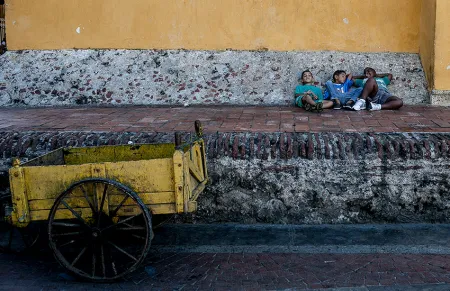
Immortalized by Gabriel Garcia Marquez, the heroic Cartagena is translated into a less fantastic reality beyond the walls that enclose the city. A few meters from postcard stripped scenario is Pedro Blas Julio Romero who runs at will as the authority of the letters. Responsible for portraying verses violence of the guerrillas and the Colombian army, the 67 year old poet is also one of the main activists to denounce the flagrant gentrification process in Getsemaní, historic district that he describes as a place «castrated of sun»
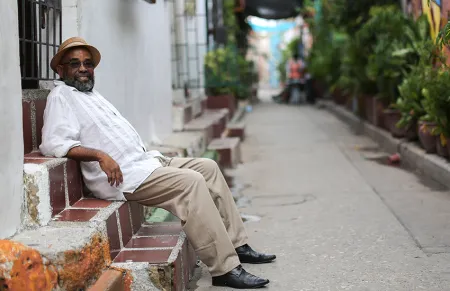
A young man approaches the backyard porch where hanging clothes dry in the sun. His white shirt and red cross in the bag states a conviction: the disease inhabits the house. She is there to administer vaccines, explains to a relapse woman in a chair. There is no answer, just a mumble inaudibly, disbelieving. In front of her, another old and squalid lady lays entertained with wisps of her ragged dress. Without annoyance or compassion, the nurse pulls a chair, scribbles notes and offers ampoules as if she was selling encyclopedias.
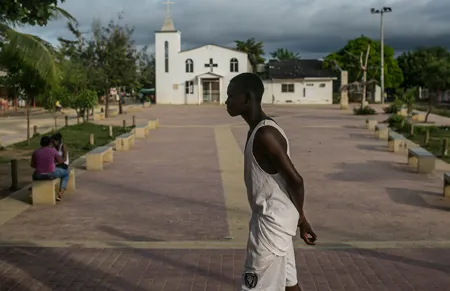
In a settlement in Colombia, founded by escaped slaves three centuries ago, Alexandre Moniz finds that while the iron shackles have been broken, the residents remain chained to the past by a desire to maintain the history for posterity.
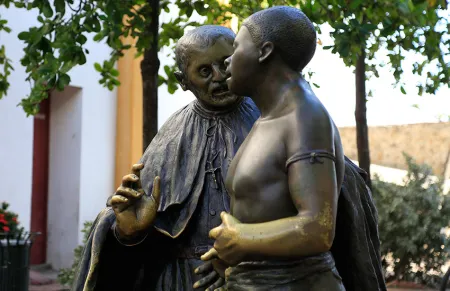
The story of Goa’s St Francis Xavier can be rivaled by that of Colombia’s San Pedro Claver. Both were Jesuits from Spain, missionaries, and their mortal remains preserved in Goa and Cartagena, Colombia respectively. Alexandre Moniz visits Cartagena to find that the similarities are uncanny but the veneration of the saints is far different.
